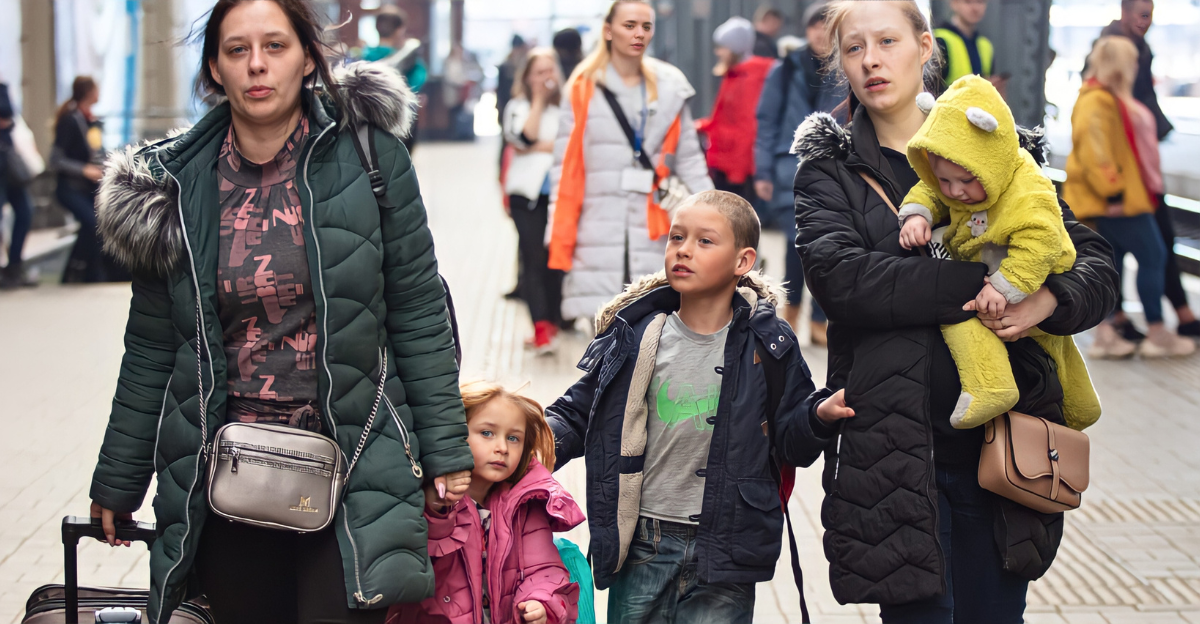
The remarkable demographic shifts of 2025 reveal that even celebrated American cities are not immune to rapid population loss, as root causes range from steep living costs and job volatility to natural disasters and evolving work patterns.
The cities below, as named in this list, offer vivid case studies in how environment, economy, and lifestyle intersect—pushing longtime residents to seek opportunity elsewhere and upending expectations about urban resilience in a new era.
1. New York City, New York
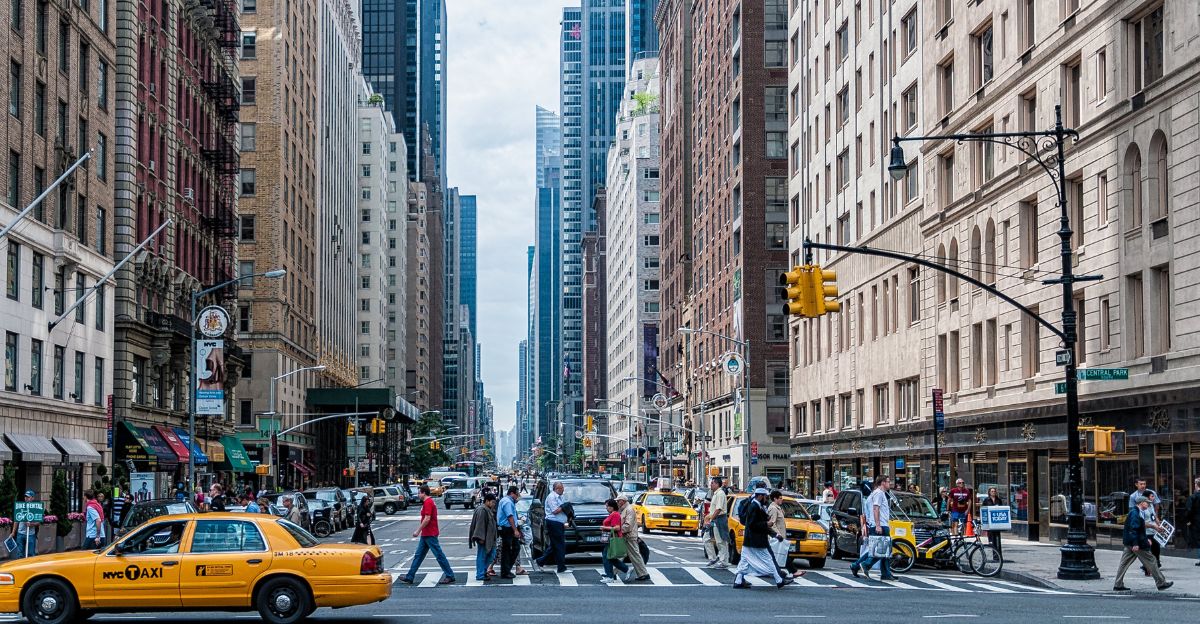
New York’s long-running population decline has only accelerated in 2025, with exorbitant housing costs making even basic city life inaccessible to young professionals and middle-class families.
The widespread adoption of remote work has allowed lucrative workers in tech, finance, and media to relocate without losing career ground, draining the city of a once-vital economic tier. Cost, space, and flexibility are reshaping who calls the Big Apple home.
2. Los Angeles, California
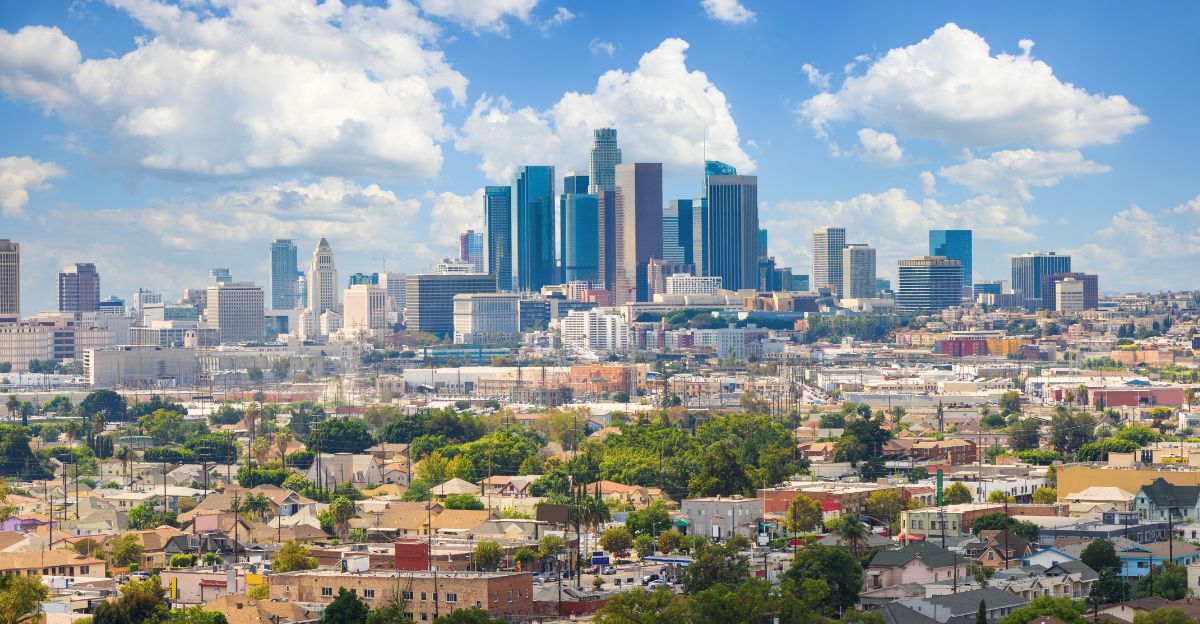
Los Angeles continues to lose residents despite its global reputation. Sky-high housing prices, taxes, and daily expenses are central deterrents, while notorious traffic congestion and escalating homelessness worsen everyday stress.
Crime concerns and visible failures in public policy have made many lose faith in the region’s viability, spurring a steady exodus as voters with options seek stability, affordability, and sanity elsewhere.
3. Chicago, Illinois
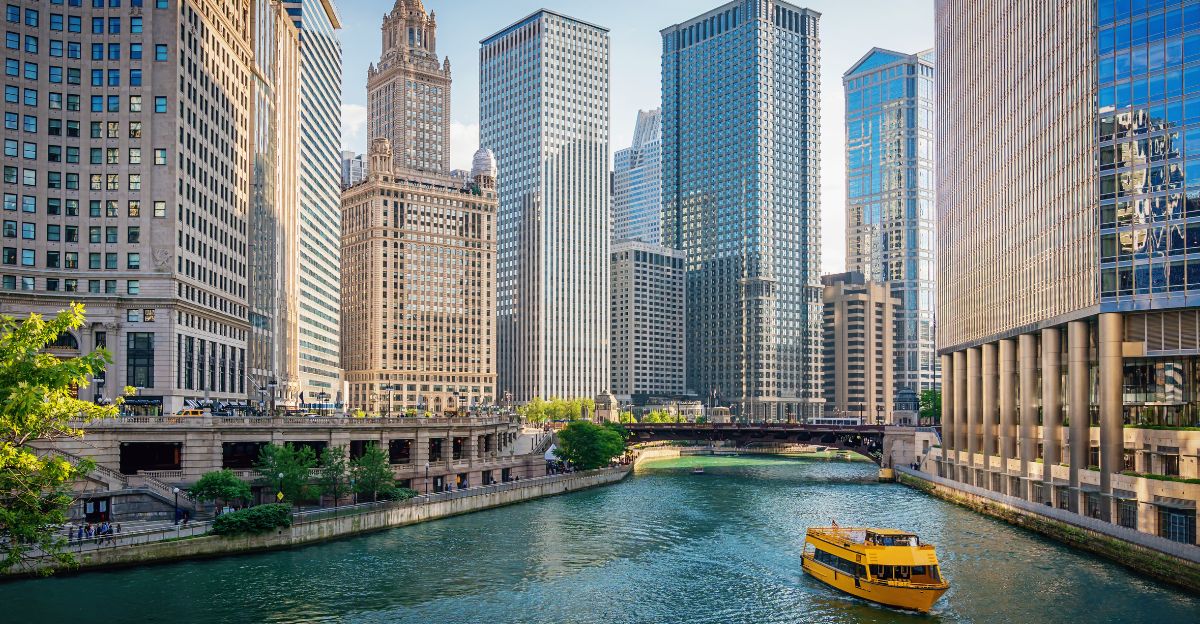
Even as the city remains a cultural hub, Chicago faces mounting population loss due to high property and sales taxes, public safety anxieties, and the departure of several major corporations.
While some neighborhoods have rebounded, high crime rates and competitive job markets drive many to try their luck in the Sun Belt, where the weather is milder and the dollar stretches further—particularly appealing to families escaping harsh winters and instability.
4. San Francisco, California
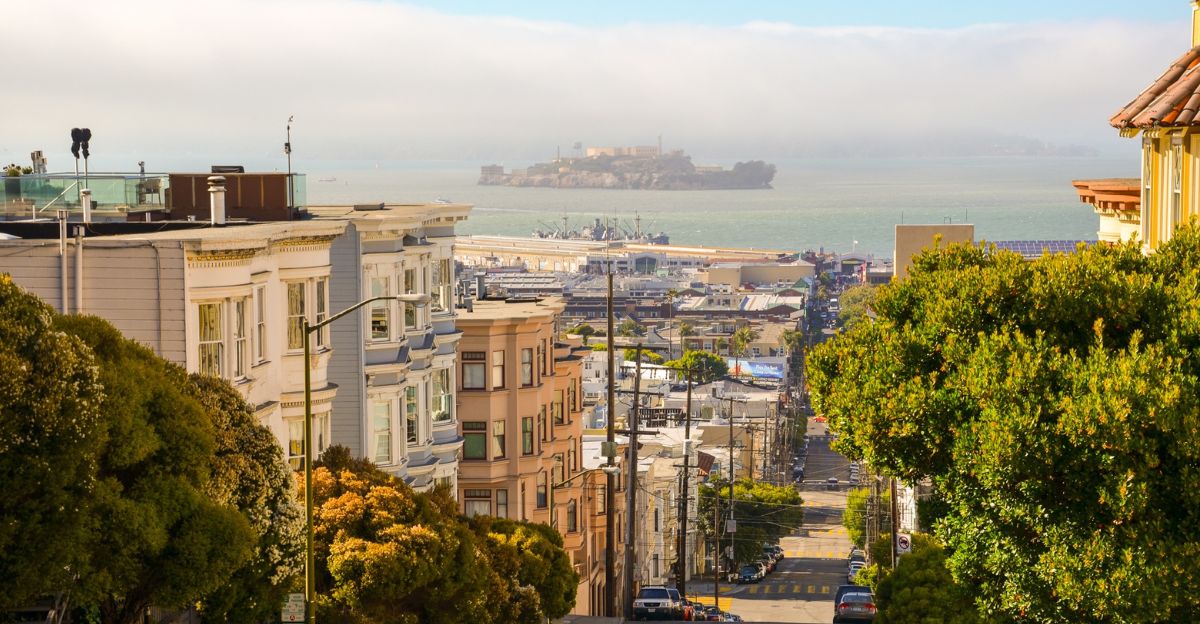
San Francisco’s reputation as a haven for innovators is threatened by rent realities that have pushed out waves of creatives and the middle class.
Now, even high earners escape via telecommuting, opting for affordable boomtowns like Austin or Denver.
Crime, visible substance abuse, and a severe homelessness crisis further erode confidence, making what was once the dream destination a case study for the pitfalls of runaway cost and urban neglect.
5. Philadelphia, Pennsylvania
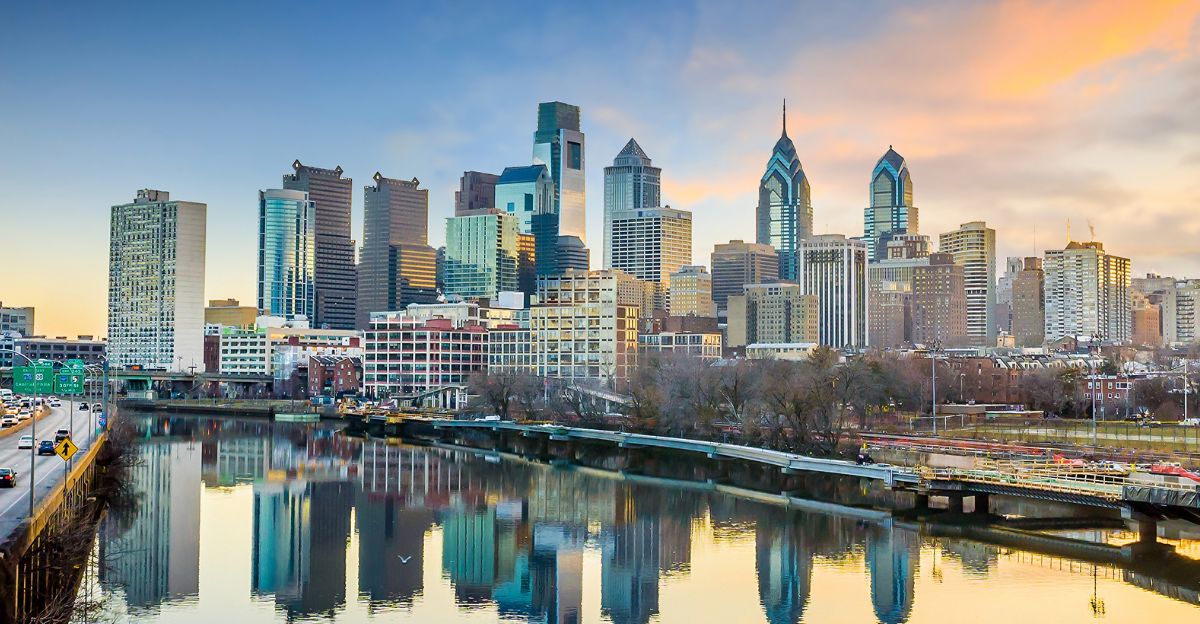
Philadelphia’s population downturn comes despite a strong historical core and recent years of growth. High poverty rates, public school funding woes, and sluggish high-wage job creation at the city level deter young families.
The infamous wage tax acts as a further barrier. Surging violent crime and concerns over safety have led many to relocate to suburbs or nearby states, searching for quality schools and secure neighborhoods.
6. Boston, Massachusetts
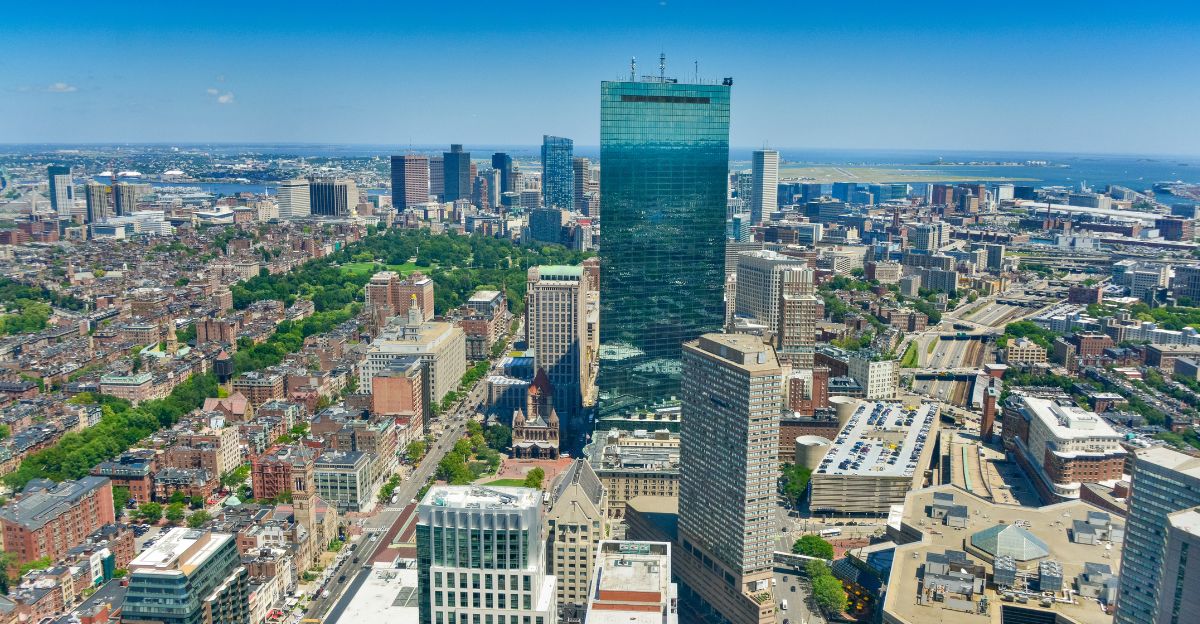
Boston’s powerful biotech and education economy hasn’t prevented it from facing decline. High costs for buying or renting exclude many would-be residents.
Lengthy commutes, old infrastructure, and congested traffic challenge everyday living, even for top earners.
The rise of remote work is empowering workers to escape these constraints, with many choosing smaller towns throughout New England or further afield.
7. Seattle, Washington
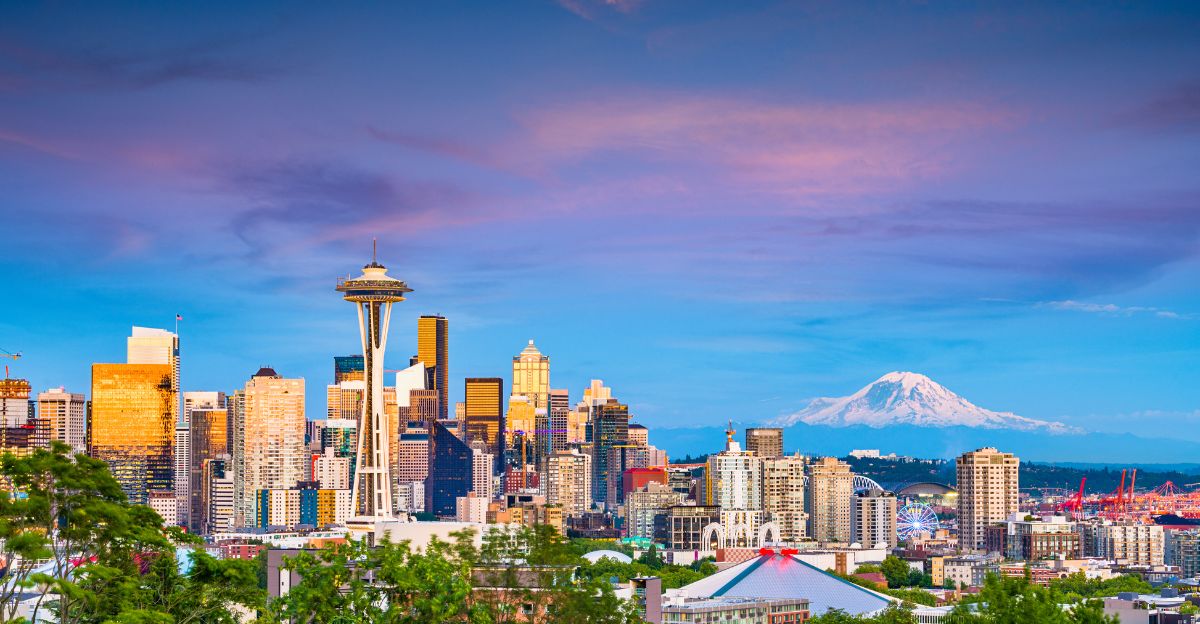
After years of growth, Seattle is now shrinking as tech euphoria gives way to a crisis of affordability. Housing costs remain sky-high—alienating service workers and longtime residents alike.
Issues around safety, homelessness, and sudden shifts in the work pattern, as tech giants allow employees to work remotely, are sending former urban stalwarts to friendlier, less expensive markets across the West.
8. Portland, Oregon
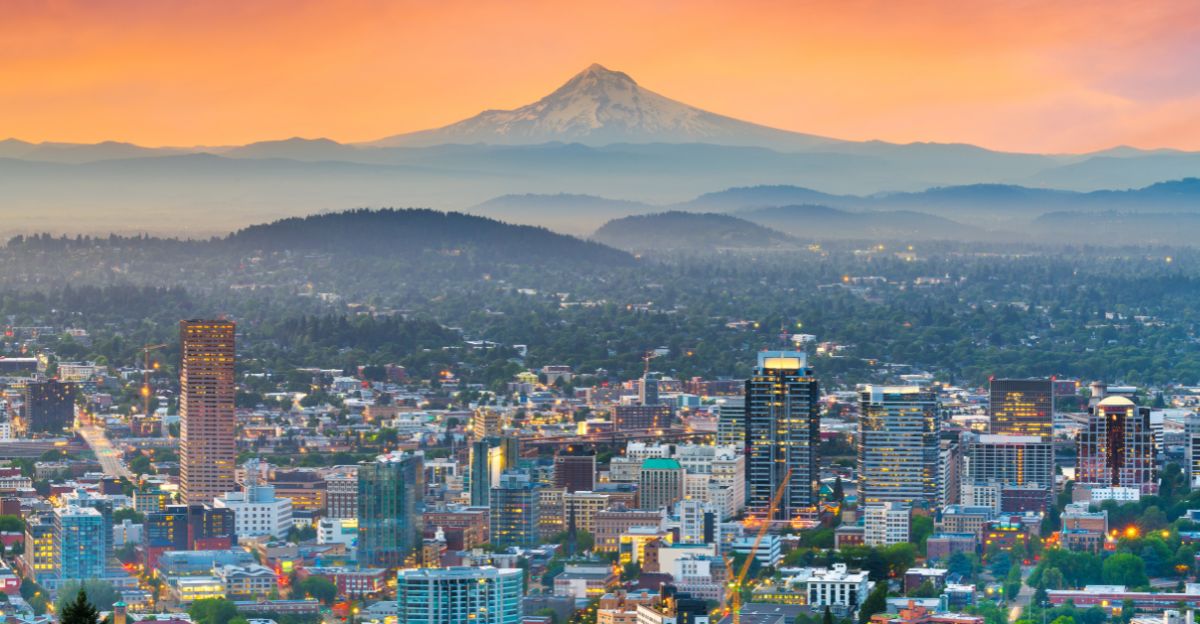
Portland, once beloved for its creativity and accessibility, is now a city many are leaving. Rampant housing inflation, sluggish job growth beyond key industries, and deteriorating downtown services intensify discontent.
Social and political disruption, alongside an emergency-level homelessness and drug crisis, drive out those seeking communities with better functionality and a renewed sense of order.
9. Washington, D.C.
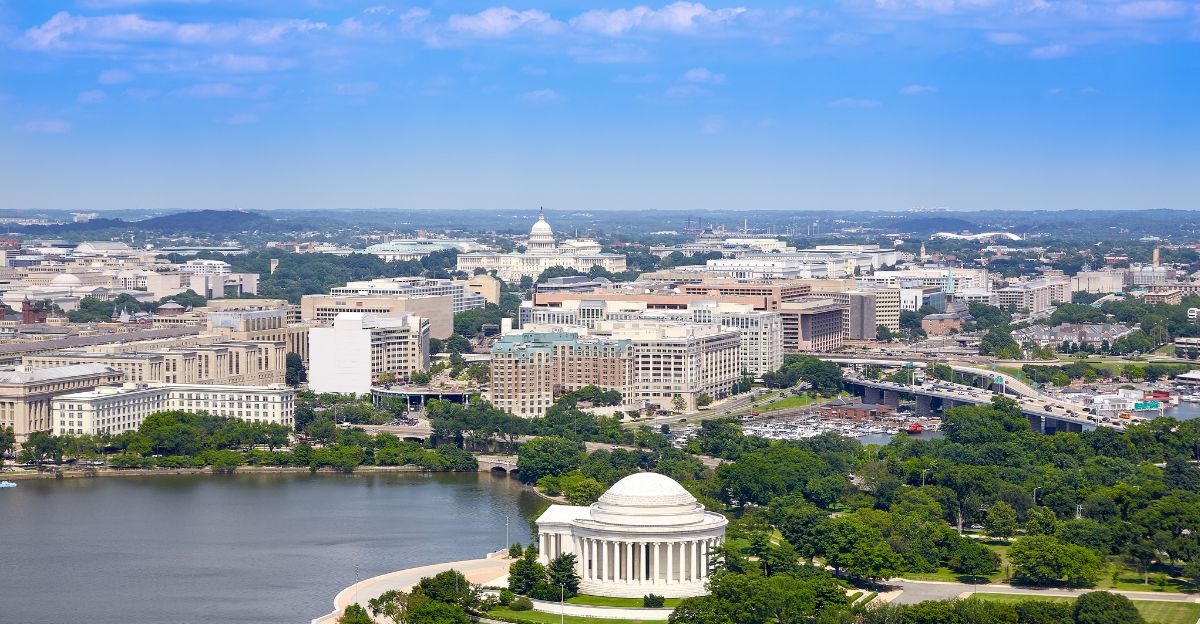
The U.S. capital faces ongoing outflow as high costs and competitive housing choke off long-term commitment from most would-be homebuyers.
While government jobs insulate some, most residents find it challenging to build wealth or raise families locally.
The city’s unique political churn, high taxes, and chronic congestion have made higher-quality lifestyles elsewhere tempting, especially for teleworkers.
10. San Diego, California
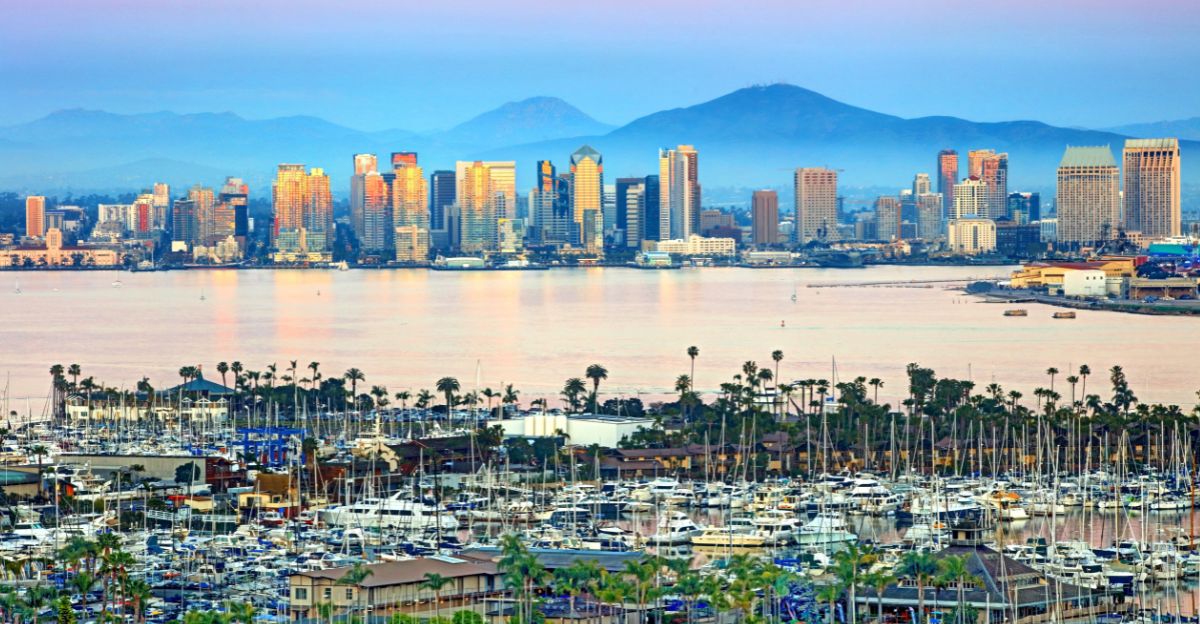
San Diego’s legendary lifestyle no longer offsets its soaring home prices, taxes, and dense traffic. Wages don’t always keep pace, and the sunny, carefree existence is increasingly out of reach for service workers and even many white-collar professionals.
These forces, combined with an increasing population density and ballooning utility costs, have initiated a pronounced outflow for the first time in decades.